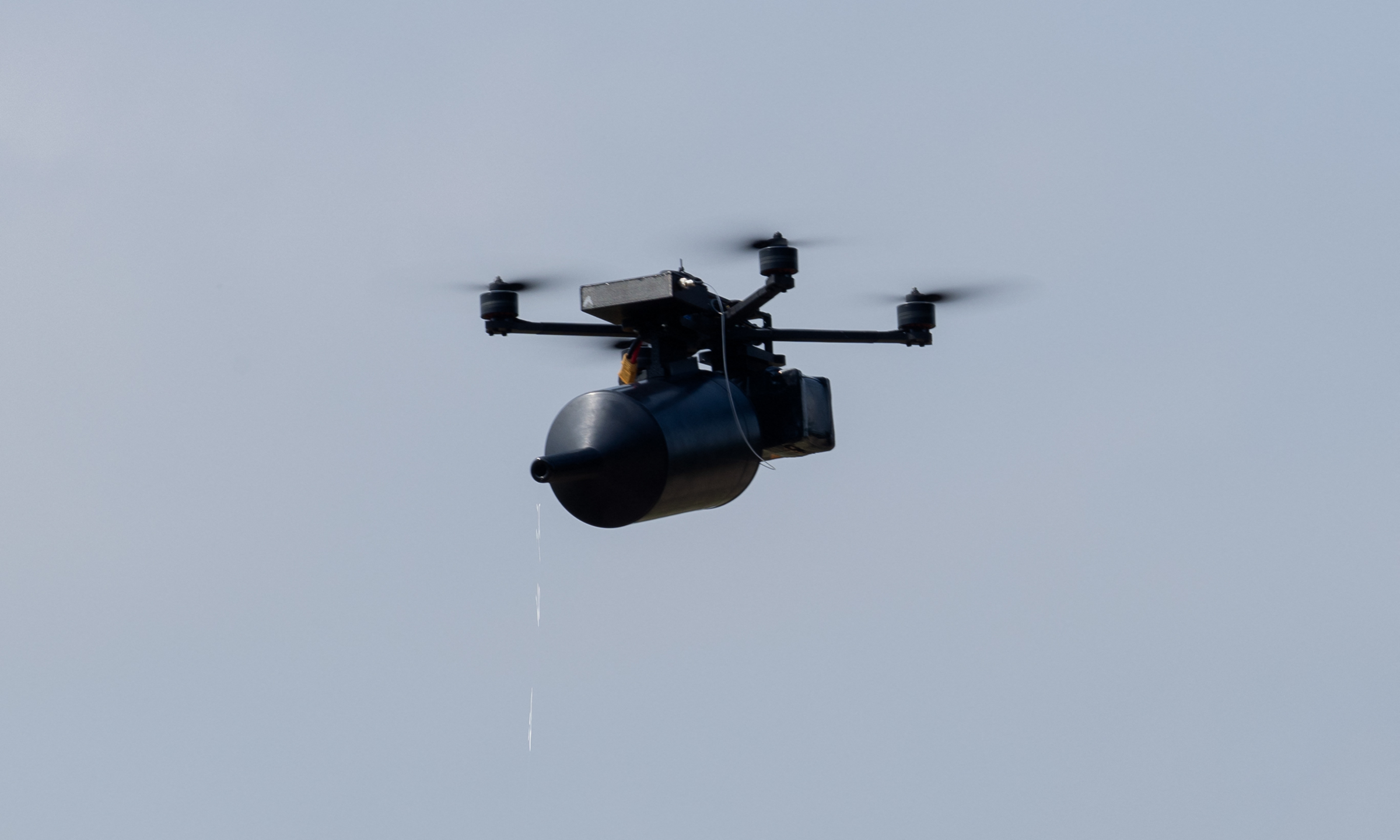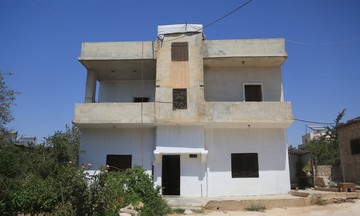Volodymyr, co-founder of Fold, a company that produces fiber-optic drones for the Ukrainian military, said on 17/8 that they are building fiber-optic drone models with an operating range of 30 km or more, with some types reaching 40-50 km.
Fold initially only produced fiber-optic drones with a range of 5 km, then increased it to 15-25 km, which is considered the standard range for this type of weapon. According to Volodymyr, increasing the range of fiber-optic drones is essential to adapt to the constantly changing battlefield.
"The current war has changed. We have started the research and development process for the second generation of fiber-optic drones, and expect to launch the 50-100 km range version in the next few months," Volodymyr said.
 |
Ukraine's Stalker fiber-optic drone during a test flight on 10/7. Photo: *AFP* |
A Fold representative said that the first-generation fiber-optic drone proved effective last year, as the positions of the two sides were close to each other, sometimes only a few kilometers apart and visible to the naked eye. The front line has now changed as soldiers from both sides have retreated further.
"A range of 10-15 km is now insufficient to destroy large targets," Volodymyr said, adding that fiber-optic drones with a range of 30 km or more would be more suitable in the current phase of the conflict.
Samuel Bendett, an expert at the Center for Naval Analyses (CNA), said that both Russia and Ukraine are building fiber-optic drones with an operating range of 40 km, adding that there is evidence that this version has been used on the front lines.
He said it is entirely possible to increase the range of fiber-optic drones, but warned that this depends on the pilot's skills and other factors, not to mention the technological and environmental challenges.
Increasing the operating range will require the drone to carry a longer cable spool, meaning a greater risk of incidents. The drone's weight also increases, forcing the manufacturer to reduce the warhead size to compensate, reducing its destructive power and combat effectiveness. The drone also has to use a larger frame to bear the load, increasing manufacturing costs and making it less maneuverable.
Fiber-optic drones are currently used by both Russian and Ukrainian forces, but Moscow is believed to be the first to widely deploy this weapon on the front lines since mid-2024.
This type of drone is becoming increasingly popular thanks to its complete immunity to electronic warfare measures, along with the ability to transmit high-quality and stable images, making it easier and more accurate for the operator to control.
Pham Giang (*Business Insider*)












